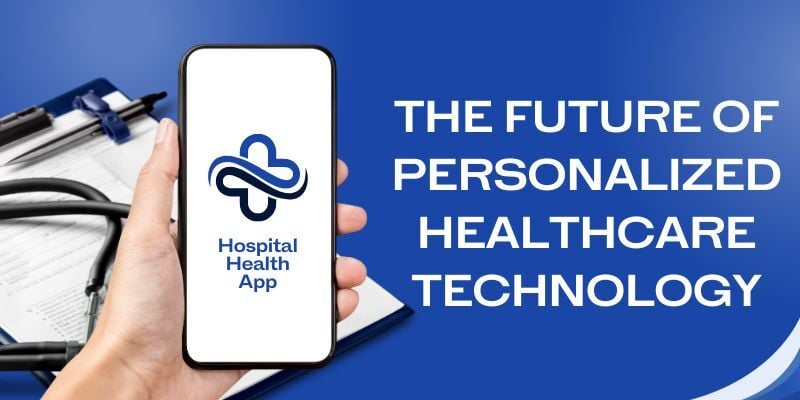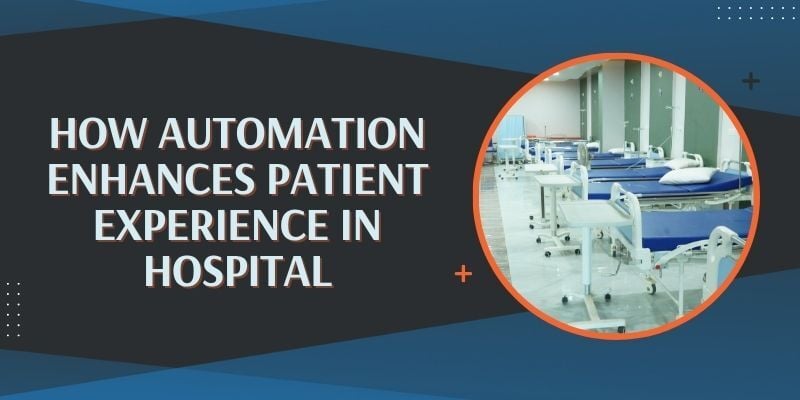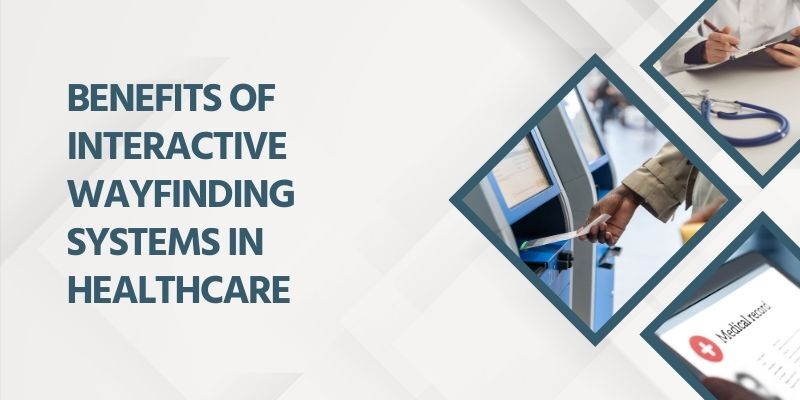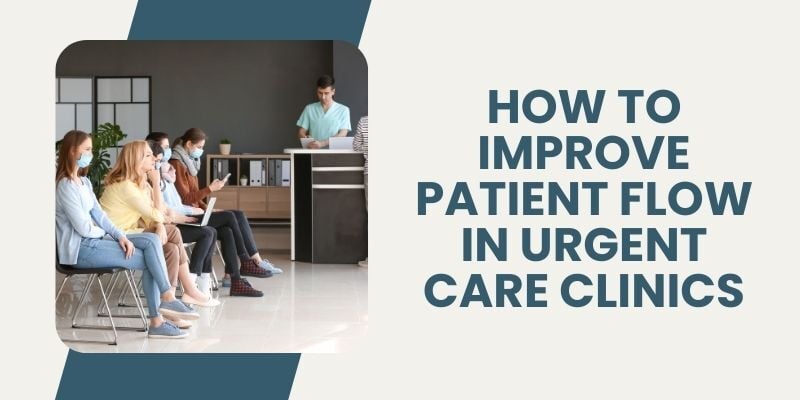Mastering patient scheduling best practices is vital for the efficient functioning of healthcare. In this article today, we will look at the crucial role that organized scheduling plays in not only enhancing patient satisfaction but also significantly boosting productivity for healthcare providers.
Breaking down complex concepts with simplicity, we dive into the workings of patient scheduling best practices.
By looking into the complexities, businesses can gain actionable insights into fostering improved patient experiences and increased overall efficiency for healthcare providers.
We will also emphasize the pivotal nature of timely care and optimal resource utilization.
Let’s dive in together to interpret the keys to seamless healthcare operations, ensuring that businesses can implement practical strategies derived from patient scheduling best practices, elevate the quality of care, and streamline daily operations effectively.
Mastering the Art: Patient Scheduling Best Practices Unveiled
Unlocking the efficiency of healthcare starts with understanding the fundamentals of how to schedule patients effectively. Let’s navigate the landscape of patient scheduling, exploring proven strategies and best practices.
- Utilizing Technology for Scheduling
- Efficient Appointment Slot Allocation
- Minimizing No-Shows and Cancellations
- Streamlining Check-In Procedures
- Flexible Scheduling Options
- Prioritizing Urgent Cases
- Regularly Updating Patient Records
- Cultivating A Positive Waiting Experience
1. Utilizing Technology for Scheduling
Regarding patient scheduling best practices, leveraging technology is a game-changer.
Understanding when appointment scheduling is most effective involves embracing the convenience of web and cloud-based systems. These innovative solutions empower patients to book appointments seamlessly, reducing the hassles associated with traditional methods.
Web and cloud appointment scheduling not only offer accessibility but also enhance the overall efficiency of healthcare facilities. Patients can schedule appointments at their convenience, leading to increased patient satisfaction.
The ease of use extends to platforms like WhatsApp, where appointment confirmations and reminders can be communicated effortlessly. This technological integration streamlines the scheduling process and facilitates better communication between healthcare providers and patients.
By embracing these digital advancements, healthcare facilities can revolutionize their scheduling practices, making the entire process more accessible, convenient, and responsive to the evolving needs of both patients and providers.
2. Efficient Appointment Slot Allocation
Optimizing patient scheduling involves a strategic approach to efficient appointment slot allocation. Understanding when appointment scheduling is most effective is pivotal in ensuring that healthcare facilities operate seamlessly.
A critical step in this process is the thoughtful allocation of appointment slots, balancing demand and resources effectively.
Identifying peak and off-peak times allows for a more streamlined distribution of appointments, minimizing patient wait times and maximizing healthcare provider productivity.
This essential step in scheduling an appointment ensures that the right resources are available when needed, enhancing overall operational efficiency.
Additionally, factors like appointment duration and type of visit play a crucial role. Strategic allocation caters to the diverse needs of patients while avoiding overburdening healthcare providers.
By mastering this facet of patient scheduling best practices, healthcare facilities can achieve a harmonious balance, providing timely and quality care while optimizing resource utilization.
3. Minimizing No-Shows and Cancellations
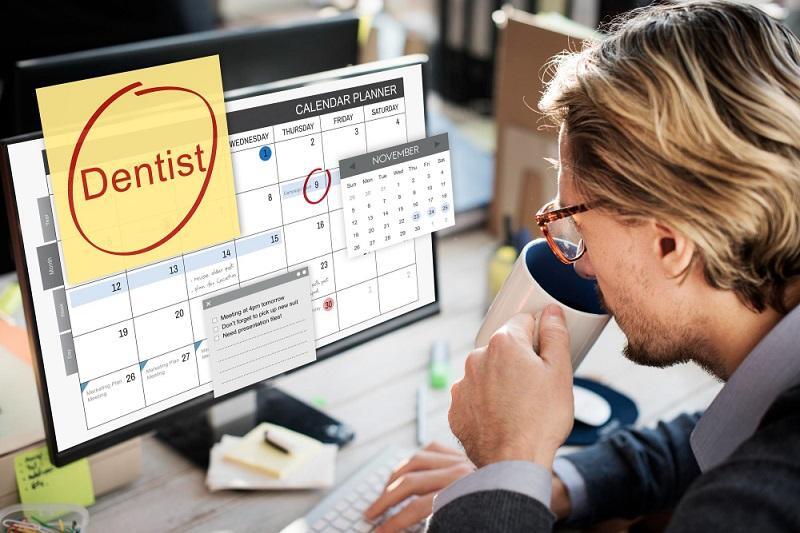
Effectively scheduling appointments involves identifying key steps to reduce no-shows and cancellations:
- Strategic Reminders: Timely automated reminders through email, text, or calls help patients remember and attend appointments, minimizing no-shows.
- Flexible Cancellation Policies: Clear and flexible policies encourage rescheduling over outright cancellations, fostering a patient-friendly approach.
- Waitlist Management: Efficient use of technology ensures canceled slots are swiftly filled, optimizing healthcare provider schedules.
- Patient Engagement: Active patient engagement and education, including answering the question, which of the following is a critical step in scheduling an appointment, instills a sense of responsibility, contributing to fewer cancellations and a more reliable scheduling process.
Integral to appointment scheduling, these steps enhance overall efficiency, ensuring a smoother healthcare experience for providers and patients.
4. Streamlining Check-In Procedures
Optimizing check-in procedures is a vital step toward a seamless healthcare experience when looking at patient scheduling best practices. Let’s explore practical ways to improve patient scheduling through streamlined check-in processes.
- Leveraging Technology: Integrate people-counting technology to manage and control patient flow, minimize wait times, and ensure a smooth check-in process.
- User-Friendly Kiosks: Implement self-check-in kiosks in healthcare that align with patient scheduling best practices. These kiosks enhance efficiency, reduce manual work, and provide a convenient way for patients to update their information.
- Real-time Feedback: Utilize real-time feedback systems to gather customer feedback on the check-in experience. This valuable information can be instrumental in making immediate improvements and refining scheduling practices.
- Integration with Scheduling Systems: Seamless integration between check-in procedures and scheduling systems ensures real-time updates and synchronization, enhancing accuracy and efficiency.
Integrating streamlined check-in procedures becomes pivotal as we explore ways to improve patient scheduling. By incorporating these practices, healthcare facilities can enhance patient satisfaction, reduce wait times, and create an environment that aligns with patient scheduling best practices.
A clinic queue system can further streamline the patient flow, ensuring a more organized and efficient process.
5. Flexible Scheduling Options
To understand how to schedule patients effectively and determine when appointment scheduling is most effective, embracing flexible scheduling options emerges as a cornerstone.
Offering patients the flexibility to choose appointment times aligns with these principles, ensuring a patient-centric approach.
By providing varied scheduling options, such as extended hours, telehealth appointments, or same-day scheduling, healthcare facilities cater to diverse patient needs.
This adaptability enhances patient satisfaction and contributes to the overall effectiveness and streamlining of the scheduling process.
Incorporating flexibility into scheduling practices accommodates the realities of patients’ lives and promotes accessibility. It’s a strategic move that aligns with best practices and fosters a positive and patient-friendly healthcare environment.
6. Prioritizing Urgent Cases
Looking at patient scheduling best practices, prioritizing urgent cases stands out as a fundamental element. Incorporating this strategy involves seamless patient flow management, ensuring critical cases receive immediate attention.
Efficient patient flow management allows healthcare facilities to swiftly identify and prioritize urgent cases. This strategic approach aligns with the principles of effective scheduling and underscores the commitment to timely and responsive healthcare services.
By integrating prioritization protocols into patient scheduling best practices, healthcare providers can precisely navigate daily operations.
This ensures that urgent cases receive the prompt attention they demand, contributing to overall patient satisfaction and reinforcing the effectiveness of the scheduling process.
7. Regularly Updating Patient Records

Maintaining up-to-date patient records emerges as a crucial practice when discussing ways to improve patient scheduling. Regularly updating records promotes accuracy and opens avenues for leveraging business analytics in healthcare operations.
Accurate and current patient records enable healthcare providers to make informed decisions based on real-time data. When integrated with updated patient records, business analytics offer insights into trends, preferences, and resource utilization, enhancing overall scheduling efficiency.
This strategic approach aids in identifying patterns, optimizing appointment durations, and streamlining scheduling practices for improved patient experiences. It also facilitates proactive outreach for appointment reminders and updates.
8. Cultivating A Positive Waiting Experience
Looking at patient scheduling best practices, cultivating a positive waiting experience goes beyond mere efficiency—it’s about enhancing the overall patient journey. Employing strategies to reduce wait times is paramount in creating a healthcare environment that prioritizes time and well-being.
-
- Clear Communication: Implementing clear communication is a fundamental strategy. Keeping patients informed about potential delays and providing regular updates fosters understanding and patience. This approach aligns with patient scheduling best practices and contributes significantly to a positive waiting atmosphere.
- Comfortable Waiting Areas: Designing waiting areas with comfort in mind is equally essential. Providing amenities such as reading materials or digital displays offering health information creates a pleasant environment, turning waiting time into an opportunity for engagement, education, and relaxation.
Moreover, employing appointment overbooking cautiously, in alignment with practical strategies to reduce wait times, ensures that patient schedules remain on track.
By focusing on these patient-centric practices, healthcare providers optimize efficiency and cultivate an environment where the waiting experience becomes an integral and positive part of overall quality care.
Final Words
In conclusion, prioritizing patients and adhering to meticulous patient scheduling best practices are the foundations of a successful and patient-centric healthcare system.
As we navigate the complexities of appointments and waiting experiences, we must recognize that each interaction contributes to the overall quality of care.
By implementing clear communication, comfortable waiting areas, and strategies to reduce wait times, healthcare providers can create an environment where patients feel valued and cared for at every step.
These practices optimize operational efficiency and foster a positive connection between patients and healthcare providers.
In embracing patient scheduling best practices, we streamline administrative processes and contribute to the holistic well-being of individuals seeking medical care.
As the healthcare landscape evolves, the commitment to refining and perfecting these practices ensures that patients receive medical attention and an experience that reflects the highest standards of care and consideration.
BOOK A FREE DEMO
